Increasing numbers of motorists are risking breakdown by continuing to drive long after their fuel light comes on – with 827,000 motorists having to be rescued due to running out of fuel last year, according to roadside assistance service LV=Road Rescue.
This figure is 50,000 higher than the previous year when 777,000 ran out of fuel
LV said claims data showed the number of motorists breaking down as a result of running out of fuel has risen every year since 2011, as drivers ‘gamble’ on covering extra miles after the fuel light has come on.
Its research found that almost a million motorists admit that they tend to either ignore the fuel light or don’t notice it is on – and most say they are more concerned with traffic jams, heavy rain or getting lost, than they are running out of fuel.
More than half (54%) admit to having purposefully driven past a petrol station when they needed to top up their tank in the hope of finding cheaper fuel elsewhere. Most (67%) say they never fill their tank to the top, with one in three (30%) admitting to filling up by as little as £5 to get them by.
More than two million motorists admit they drive with their warning light on nearly constantly, and a minority try to avoid paying for fuel in the hope that a family member will pick up the tab.
Apart from the obvious inconvenience for the motorist and other road users in the event of a breakdown, the driver can also be issued a Fixed Penalty Notice (FPN) in some locations, if the incident was foreseeable – for example, running out of petrol, brake fluid, oil etc.
John O’Roarke, managing director of LV= Road Rescue, said: “Having to buy expensive motorway fuel can be frustrating, but if it saves you the stress of running out of petrol and potentially causing damage to your engine then it’s worth the cost. Roadside assistance is there to help should a motorist find themselves in a sticky situation – but being diligent with topping up soon after the light comes on will help to avoid the headache that a breakdown can bring.”





















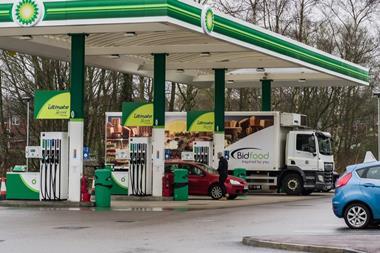
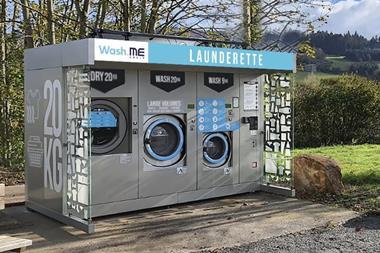
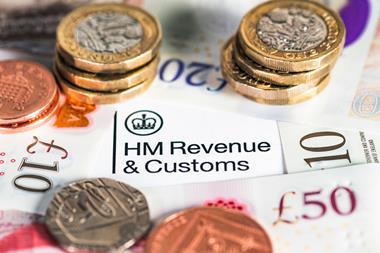
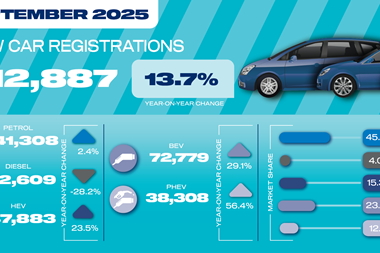

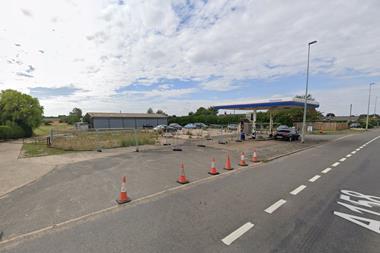

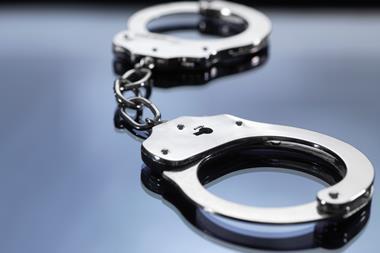


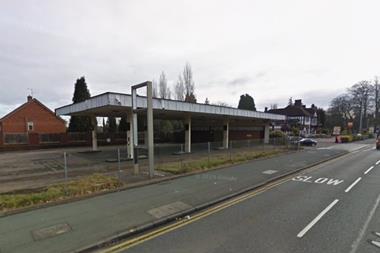
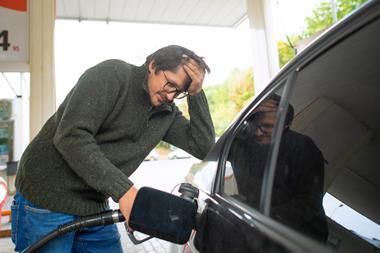
No comments yet